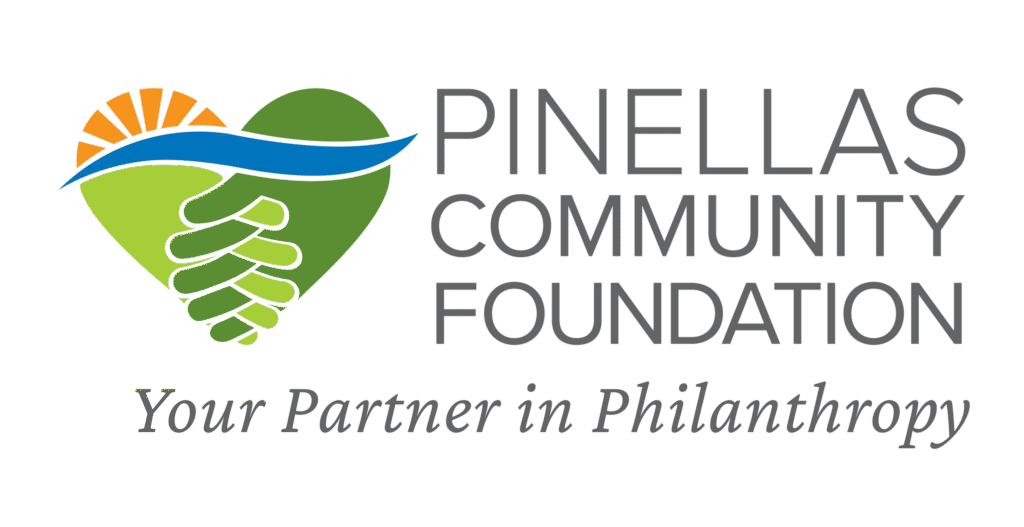At Pinellas Community Foundation (PCF), we have the privilege of working alongside hundreds of passionate, purpose-driven individuals and organizations who are creating real, lasting change in our community. One question we’re asked often—by residents, funders, and changemakers alike—is: “Should I start my own nonprofit?”
It’s a powerful idea. And it often comes from a deeply heartfelt place: the desire to solve a problem, fill a gap, or serve people in need. But launching a nonprofit takes more than just passion. It requires planning, structure, and strategy.
Whether you’re already on the path or simply exploring the idea, here are 10 essential considerations to help guide your next steps.
1. Start With the Need—Not the Idea
Before drafting a name or mission statement, the most important question to answer is: “What need am I meeting?”
It’s easy to be moved by a cause. But to create sustainable impact, you need to quantify and verify the need with data, stories, and community input. Talk to the people you want to serve. Find out what’s missing—and whether other organizations are already doing similar work. Community engagement isn’t just a good idea; it’s foundational.
🔍 Ask yourself:
- Who needs this service, and how many people are affected?
- Is someone already doing this work nearby? If so, could you support or collaborate instead?

2. Conduct a Market Analysis
Once you’ve confirmed the need, it’s time to evaluate your nonprofit’s fit and uniqueness. A SWOT analysis (Strengths, Weaknesses, Opportunities, and Threats) is a powerful tool to assess your readiness and niche.
🎯 Consider:
- What unique approach or lived experience do you bring?
- What strengths will set your organization apart—storytelling, leadership, community roots?
This step isn’t about competition. It’s about clarity and alignment—finding your lane so you can serve with integrity and focus.
3. Write a Clear, Values-Aligned Mission Statement
Your mission is your north star. It should be short, specific, and inspiring—and answer three key questions:
- Why do you exist?
- Who do you serve?
- What impact are you working to create?
At PCF, we encourage founders to write mission statements that are outward-facing and impact-oriented, not just internally motivating. Your mission isn’t just about your organization—it’s about your community.

4. Understand the Paperwork (and Process)
Starting a nonprofit involves a legal and administrative lift—especially in the state of Florida. You’ll need to:
- File Articles of Incorporation
- Draft Bylaws
- Apply for IRS 501(c)(3) tax-exempt status
- Register with Sunbiz.org
📝 These steps are critical to ensure transparency, compliance, and future funding eligibility.
PCF often refers emerging nonprofits to reputable legal and fiscal resources to help navigate this process. If you’re not ready to incorporate, consider fiscal sponsorship as a stepping stone.
5. Build a Strong, Diverse Board of Directors
A nonprofit isn’t a solo mission—it’s a community of governance. In Florida, you need a minimum of three unrelated board members to file.
But beyond the basics, think about the skills and diversity your board brings:
- Lived experience relevant to your mission
- Legal or financial expertise
- Fundraising capacity
- Community trust and connections
The right board can help you amplify your voice, grow responsibly, and stay accountable.

6. Build a Realistic Startup Budget
You don’t need a massive fund to get started—but you do need a clear plan.
A startup budget should include:
- Office and administrative expenses
- Website and tech tools (like CRM or donation platforms)
- Program costs
- Staff or volunteer stipends
- Legal and marketing costs
💡 Be honest about your funding sources. Many founders rely on friends, family, and community partners for early-stage support.
7. Choose a Name That Reflects Your Purpose
Naming your organization is more than a branding exercise. It should:
- Be meaningful and memorable
- Reflect your mission clearly
- Be legally available (check domain and nonprofit name databases)
Bonus: Consider how it will sound in conversation, appear on a grant application, or show up in search results.

8. Develop a Simple Communications Plan
How will people learn about your work? How will they support you?
Start with three core audiences:
- The community you serve
- Donors and funders
- Partners and collaborators
Your communications plan doesn’t need to be complex. Begin with a few key messages, a basic website or landing page, and active social media channels. From there, build as you grow.
🎙 Tip: Storytelling is one of the most powerful tools you have. Highlight real stories with dignity and permission.
9. Map Out Your Operations Plan
Even the most passionate founder can burn out without a clear operational structure.
Think about:
- Where your services will be provided (online, in-person, hybrid?)
- Who will deliver them—volunteers, paid staff, contractors?
- What tools and systems you’ll need to operate day-to-day
Understand the legal and financial distinctions between employees and contractors early on. It will save you time and potential risk down the line.

10. Purposefully Plan for Impact
Impact doesn’t just happen—it’s built with intention.
Develop a simple Theory of Change:
- What are your activities?
- Who will they reach?
- What short- and long-term changes do you hope to see?
This framework not only grounds your mission—it becomes a communication and fundraising tool to show how your work makes a difference.
Bonus: When Starting Isn’t the Best Step
We know this might sound surprising coming from a community foundation—but sometimes, starting a new nonprofit isn’t the most effective way to create impact.
If the need you care about is already being addressed by existing organizations, or if you’re feeling overwhelmed by the admin load, here are other ways to serve:
- Join an existing nonprofit as a staff or board member
- Launch a project under a fiscal sponsor
- Start a fund at a community foundation (like PCF!) to direct resources where they’re needed most
- Collaborate with existing orgs through volunteerism, storytelling, or shared campaigns

In Closing: You’re Not Alone in This Work
At Pinellas Community Foundation, we believe in the power of mission-driven people to create extraordinary change. If you’re thinking about starting a nonprofit, we hope this guide gives you clarity—and permission—to take your next step with intention.
You don’t have to have all the answers. But with the right support, strategy, and community around you, you can build something that truly matters.
If you’d like to explore fiscal sponsorship, seed funding options, or launching a donor-advised fund that supports your cause, our team is here to help.
Email giving@pinellascf.org to connect with our team and learn more about resources at Pinellas Community Foundation.



